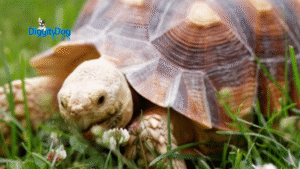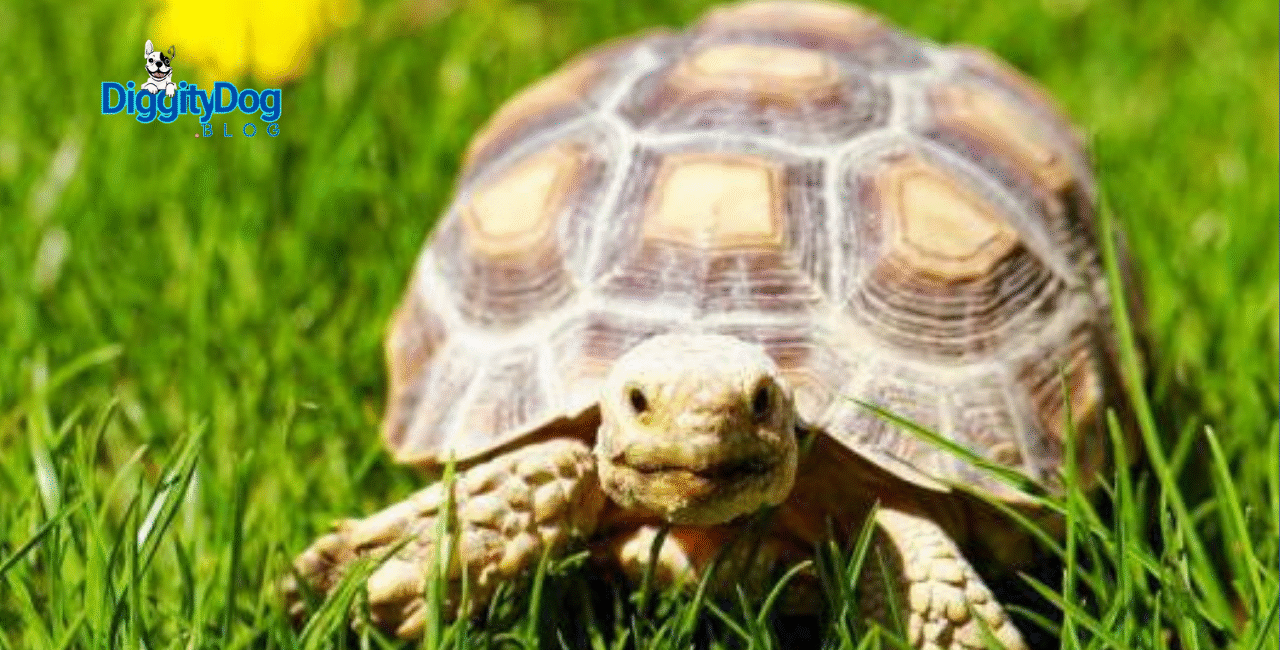The Secret Language of Tortoises: Understand Your Pet’s Behavior
Hey folks, if you’ve got a tortoise chilling in your backyard or tank and you’re scratching your head wondering what the heck it’s trying to tell you, stick around. The Secret Language of Tortoises: Understand Your Pet’s Behavior is all about cracking that code, turning those blank stares into real conversations. I’m Joshua Van, founder and senior editor over at Diggity Dog, and after years of messing around with these slow-moving wonders, I’ve picked up a thing or two that might just blow your mind.
I remember the first time I brought home my Russian tortoise, Shelly she’d just sit there, staring like she was judging my life choices. But once I started paying attention to her little moves, everything clicked. We’re talking about stuff fresh from 2025 studies that show these guys aren’t as stone-cold as they look. They’ll teach you patience, sure, but they’ll also reward you with a bond that’s quietly awesome. Let’s jump in and make sense of it all.
Key Takeaways
- Tortoises chat with their bodies, not words keep an eye on how they move their heads, position their shells, and roam around to figure out if they’re chill or bugged out.
- Brand-new research from this year proves tortoise emotions are legit, like feeling upbeat or down based on their setup.
- Nailing pet tortoise care means sprucing up their space to dodge stress and spark happy vibes.
- Spot trouble early: If your tortoise is hiding a ton or skipping meals, that’s a big red flag get on it with a vet visit.
- Earning their trust? It’s a slow burn stick to routines and handle them gently to build that connection.
Getting the Basics of Tortoise Body Talk
Tortoises don’t bark or meow, but man, do they have ways of getting their point across. Understanding tortoise behavior boils down to watching the small stuff. Like, if your tortoise stretches its neck way out, it’s probably sniffing around, curious about whatever’s new in its world. But if it yanks that head back in quick, something’s spooking it.

From raising a pair of red-foots myself, I’ve seen how they flip out over changes. Once, I shuffled some rocks in the enclosure, and one burrowed like it was the end times total dodge mode. Turns out, a 2022 paper on Aldabra tortoises nailed it with these personality vibes: some are bold go-getters, others play it safe, kinda like people at a party. The bold ones dive right in, while the shy types hang back.
What Those Head and Neck Twitches Mean
Necks are like their secret weapons for chatting. A chill head bob could be saying “hey” or “back off” if there’s another tortoise around. But if it’s bobbing fast, watch out that might mean breathing troubles, especially in muggy spots. Stick to the tortoise care sweet spot: 75-85% humidity for red-foots to keep things smooth.
And get this 2025 digs from the University of Lincoln found red-footed tortoises have real moods, seeing the glass half-full when their pad is tricked out right. If yours charges at a weird new thing like a toy, it’s feeling good. If it backs off, stress might be creeping in.
Shell and Leg Hints You Might Miss
The shell’s more than a backpack it’s part of the show. A happy tortoise flops its legs out, soaking up rays like it’s on vacation. But if it’s balled up all day, time to tweak the habitat. Stuff like overgrown beaks or nails, super common in UK tortoises according to a fresh Royal Veterinary College report, can throw them off and change how they act. Clip carefully or hit up a pro.
Legs spill the beans too. Scratching walls? Bored as heck! Toss in some tunnels or greens to let forage like in the wild.
Clues Your Tortoise is Thriving
There’s nothing like watching your pet tortoise just owning its space, chowing down on veggies with gusto. Happy ones have sparkly eyes, glossy shells, and they’re packing on weight steadily strong legs mean they’re moving enough.
That mood research from 2025? It showed tortoises in fun enclosures act optimistic, hitting up food spots quicker. My hack: Swap out toys every week to keep the excitement going. A solid tortoise might even trail you a bit, which is their way of saying you’re alright.
Amping Up Those Good Tortoise Feels
To keep the good times rolling, weave tortoise emotions into your daily grind. Pimped-out homes make for happier critters, as the newest studies confirm. Don’t skimp on UVB lights for that vitamin D boost key for shell strength and load up the menu with 80% greens, 20% fruits for most kinds.
I’ve turned cranky tortoises into playful ones with easy fixes, like a shallow pool for dips. Seeing them paddle around? It’s like they’re grinning on the inside.
Catching Stress or Sickness Early: Warning Signs
A bummed-out tortoise is no fun it tugs at the heart and can snowball into real problems. Tortoise signs of issues? Sluggish moves, no interest in food, or hiding nonstop. Dull or bumpy shells often scream bad humidity or eats.
The New York Times ran a piece in September 2025 about reptile moods, saying ongoing stress hits tortoises like a bad day that won’t end. If they’re bumping heads or ramming, it could be from too-tight quarters or pecking orders, like in group studies.
Quick advice: Listen for wheezy breaths that’s vet territory. Nip it early to avoid drama.
Dodging Typical Tortoise Troubles
That 2025 RVC rundown pegs beak wonkiness as a major headache. Fight back with cuttlebone for calcium and regular once-overs. Stress from lame setups? Go big 8×4 feet minimum for grown-ups, with dirt they can dig in.
Forging That Connection: Talking Tortoise Style
Tortoises won’t curl up on your lap, but they know your routine and face. Easy handling wins over go slow, hold the shell steady. Before long, you’re the treat guy.
Mix understanding tortoise behavior into everyday stuff: Watch what they dig during meals. It tightens the bond and amps up your pet tortoise care game.
FAQs
Are tortoises actually emotional?
You bet! Killer 2025 research flips the script, showing red-foots feel optimistic moods and all that jazz.
How do I know if my tortoise is freaking out?
Hiding, skipping chow, or wandering aimlessly. Fix the lights or space, and it usually sorts itself.
Best setup for a tortoise at home?
Size matters: Mix indoor-outdoor with UVB, warm spots, and hideouts. Natural dirt floors for burrowing fun.
Do they know who I am?
Yeah, through smells and habits they warm up to regulars.
How much handling is too much?
Keep it light maybe once or twice weekly to not stress . Scrub up to dodge germs.
What’s a solid diet for good behavior?
Fiber-packed greens, fruit treats, calcium boosts. Skip the meat; they’re plant lovers.
References
- Phys.org: Tortoises got feelings like us, new study says (July 2025)
- SciTechDaily: Tortoises Have Emotions, Study Breaks Ground (July 2025)
- Royal Veterinary College: Tortoise Health Facts Uncovered (April 2025)
- MDPI: Aldabra Tortoise Behaviors Explored (2022)
- The New York Times: Reptiles and Their Moods? (September 2025)
- MDPI: Captive Tortoise Behavior Effects (Recent)
Whew, that’s your roadmap to decoding tortoise behavior. If it hit home, pass it on to your pet crew. Questions? Hit the comments. Catch you next time keep those tortoises happy!










No Comment! Be the first one.